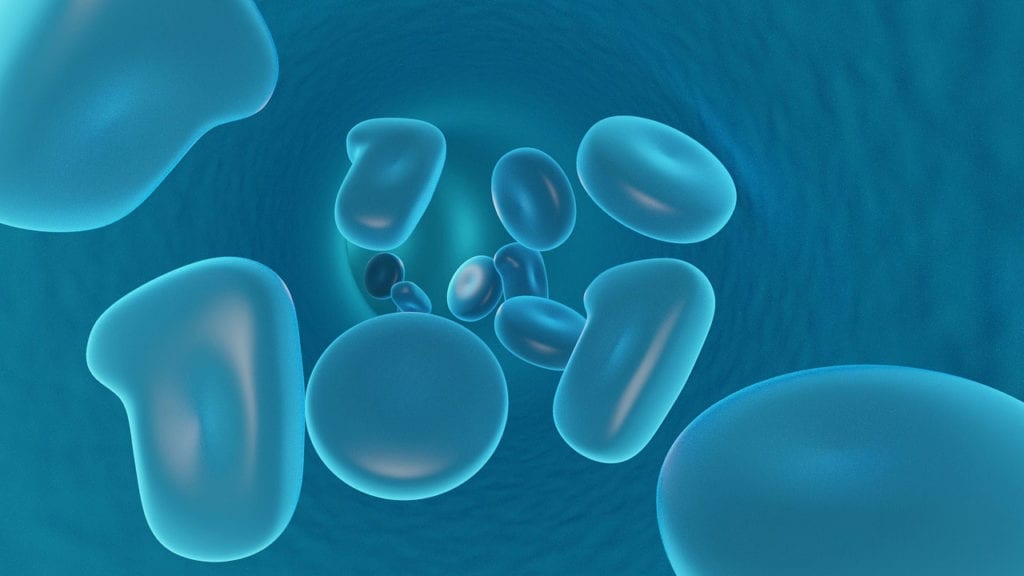A recent study carried out by scientists from the University of Utah Health has highlighted the role of a protein called Staufen1 in spinocerebellar ataxia type 2 and amyotrophic lateral sclerosis. For more detailed information, you can view the source news release here, at the University of Utah Health’s website.
About Spinocerebellar Ataxia Type 2
Spinocerebellar ataxia type 2 (SCA2) is a genetic condition that can cause progressive problems with movement. Over time, people affected by the condition may experience symptoms such as tremors, speech and swallowing difficulties, muscle weakness and wasting, and a loss of sensation in the limbs. According to the NIH, SCA2 is caused by an alteration to the ATXN2 gene, which makes the protein ataxin 2. Ataxin 2 is found throughout the body, but little is currently known about its precise function, although some research suggests that it may interact with RNA.
About Amyotrophic Lateral Sclerosis
Amyotrophic lateral sclerosis (ALS) refers to a group of rare neurological conditions and is itself part of a broader group of conditions called motor neurone diseases. ALS usually affects neurones that are involved in controlling voluntary muscle movement, and, as the condition progresses, it can impair a person’s ability to do some activities such as walk, eat, and speak.
The Study
A recently published study, called Staufen1 Links RNA Stress Granules and Autophagy in a Model of Neurodegeneration, has found that a protein called Staufen1 may accumulate in the cells of people who have these conditions. According to the source article, Staufen1 is able to bind to their protein ataxin 2, which is linked to SCA2 and a risk factor for ALS. When Staufen1 was depleted from mice that had a similar condition to ataxia, it was found that the mice improved in measurements of physical ability.
Dr Pulst, a researcher involved in the study, says that these findings open up “a completely new avenue for thinking about neurodegenerative diseases.”
For more detailed information about the study, you can view the original article here.








